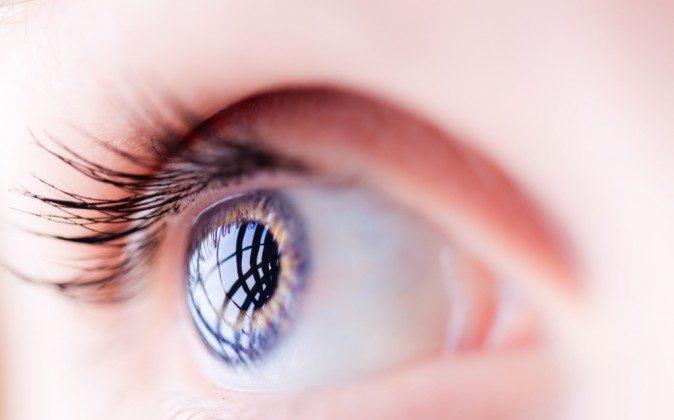Some people will not recognize any symptoms before being diagnosed with diabetes. That’s why it’s so important to take care of your health before being diagnosed with a condition. It’s much easier to prevent something then to heal it, but definitely not impossible.
The symptoms associated with Type I diabetes are more extreme with Type 2. Type I is almost always diagnosed because of the symptoms and often the person is hospitalized because of them. To be aware of the symptoms and being able to catch them early is important in preventing either types of diabetes. Below are some of the symptoms people with uncontrolled or undiagnosed diabetes may experience. If you have any of these symptoms, seek medical attention to address the underlying cause.
4 Diabetes Symptoms To Watch For
Extreme thirst - This is one of the most noticeable symptoms. This is also something I experienced a couple months before being diagnosed with type I diabetes and it was my major symptom. I just couldn’t quench my thirst no matter how much water I drank. When you are experiencing high blood sugar, you have glucose floating around in your blood. Because you either aren’t producing insulin or are resistant to it (as in Type 2 diabetes) the glucose floats around your blood and is eventually excreted by your kidneys, pulling water from your body to help eliminate it. Because of all the fluid being lost you are constantly thirsty. This process will continue until your blood sugar levels normalize.
Weight loss without trying - More of a Type I diabetes symptom. Constant high blood sugar levels and no insulin to help your body utilize the sugar you’re consuming for energy causes your body to use your stored muscle and fat for energy. This makes you lose body fat and muscle, and not in a good way. Without insulin your body cannot use the food you consume for energy and you will waste away until insulin is injected. This is why insulin is essential for life in the case of Type I diabetes. In Type 2 diabetics they’re mostly still producing insulin, but their bodies are resistant to it.
Blurry eyesight - High blood sugar levels can wreck havoc on your eyesight. Long term complications of Type Iand 2 diabetes is blindness. If you’re noticing sudden blurry eyesight you could have elevated blood sugar levels. Once blood sugar levels are corrected eyesight should return to normal.
Tingling in extremities - Numbness or tingling in your fingers or toes can be a sign of poor circulation. Too much sugar in your blood stream slows down circulation. This is why the most amputations preformed are due to diabetic complications. Keeping your blood sugar levels in check can prevent poor circulation, which is also the reason for slow healing cuts and bruises.
If you or anyone you know is experiencing these symptoms please encourage them to seek medical attention.
This article was originally published on www.NaturallySavvy.com
Image of “eye“ via Shutterstock




